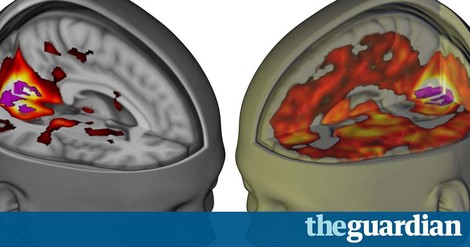Your podcast discovery platform
Curious minds select the most fascinating podcasts from around the world. Discover hand-piqd audio recommendations on your favorite topics.

piqer for: Health and Sanity Global finds
I was born in 1987 in Bucharest. I studied Psychology and Educational Sciences at the University of Bucharest. For two years I worked in a psychotherapy practice, dealing with gambling addicts. I'm an independent reporter, writing and doing video reportages mostly about social and political issues. I am currently based in Jena.
New Research On LSD: Insight On Treating Psychiatric Disorders And Understanding Consciousness
LSD, a psychoactive drug of great importance in psychiatric research during the 50s and 60s, was banned after people started taking it as a recreational drug, and thus scientific studies about it were stopped. But lately it’s starting to be used in psychiatric research again, much to the scientists’ delight, because the things they discover are pretty groundbreaking.
Two scientists made a study on 20 volunteers, who were given an injection of 75 mcg of LSD one day, and a placebo the next day. They used three brain imaging techniques and measured a number of things, notably the connection within and between brain networks. What they then saw on the images is that, while tripping, people’s brain parts communicated more, leading to a “unified brain”. At the same time, however, other parts of the brain seemed to lose connection, explaining the sense of “ego dissolution” and of oneness with nature.
Scientists underline these discoveries are important because:
“The study could pave the way for LSD or related chemicals to be used to treat psychiatric disorders. Nutt said the drug could pull the brain out of thought patterns seen in depression and addiction through its effects on brain networks”.
Amanda Feilding, director of the Beckley Foundation, added:
"We are finally unveiling the brain mechanisms underlying the potential of LSD, not only to heal, but also to deepen our understanding of consciousness itself.”
